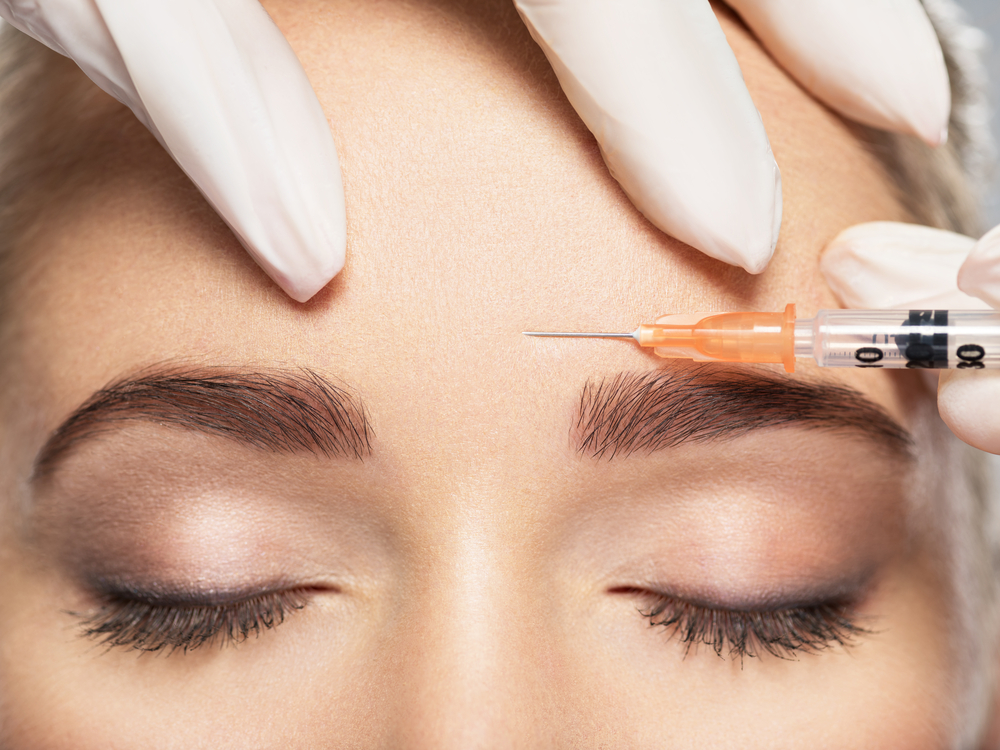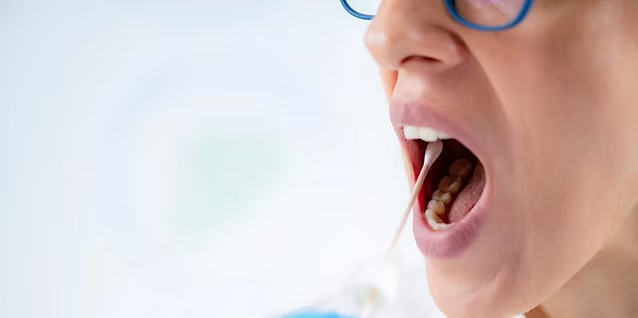Botox is a widely known treatment commonly used to reduce the appearance of facial wrinkles. Whether you’re contemplating Botox for aesthetic reasons or other potential uses, it’s beneficial to understand what the procedure entails, what recovery looks like, and the potential risks involved. If you’re preparing for your first Botox treatment, it can be helpful to understand the process to make an informed decision.
How the Procedure Works
Botox is a purified form of botulinum toxin. When used in controlled amounts, it temporarily prevents specific muscles from contracting. This muscle relaxation helps smooth out lines and wrinkles on the forehead, around the eyes, or between the eyebrows.
Typically, the procedure involves small injections into targeted areas, administered by a trained healthcare professional. The process is often quick, depending on the number of areas being treated. Most individuals describe the sensation as mild, frequently comparing it to a slight pinch or sting. No anesthesia is usually required, but a numbing agent may be applied for added comfort if needed.
What to Expect Afterwards
After receiving Botox, you’ll likely resume your regular activities almost immediately. To maximize results and minimize complications, there are a few guidelines to keep in mind:
- Avoid Lying Down for a Few Hours: Post-treatment, stay upright for at least four hours to prevent unwanted distribution of the Botox.
- Refrain from Touching or Rubbing the Treated Areas: Gentle handling of the face is beneficial to prevent the toxin from shifting beyond the injection sites.
- Skip Strenuous Activities: For the first 24 hours, avoid exercise or activities that may increase blood flow to your face, such as intense workouts.
- Look for Gradual Results: Botox doesn’t work instantly. It typically takes three to five days to notice changes, with full effects becoming visible within two weeks.
Always follow your provider’s aftercare instructions to achieve the best possible results and address any specific recommendations for your treatment.
Risks and Side Effects
While Botox is generally safe when administered by a qualified professional, it does carry some risks and potential side effects. These typically depend on individual response and adherence to aftercare instructions. Most side effects are mild and temporary. Common experiences include minor swelling, redness, or bruising at the injection sites, which usually resolve within a few days. Some individuals may feel slight tenderness or tightness in the treated areas.
More rare side effects, such as drooping eyelids or asymmetry, can occur if the toxin spreads to unintended areas. To minimize these risks, always disclose your medical history, including any medications or supplements you’re taking, before the procedure. This transparency allows your provider to make adjustments tailored to your needs.
Get Informed Before Choosing Botox
Botox offers a well-known solution for minimizing wrinkles and lines, but it’s not a decision to take lightly. Understanding the procedure, knowing what happens afterward, and being aware of potential risks can empower you to make an informed and confident choice. Consult with a qualified healthcare professional to discuss your goals and make sure that Botox is the right option for you.
- Pedrovazpaulo Wealth Investment: Unlocking Financial Freedom Through Innovative Strategies
- EO Pis: A Comprehensive Guide to Environmental Objectives and Performance Indicators
- Premiumindo69: The Future of Digital Entertainment
- Macadamia Nut Milk: Health Benefits, Recipes, and Why It’s the Perfect Dairy-Free Alternative
- Hentquz: The Future of Productivity and Collaboration


